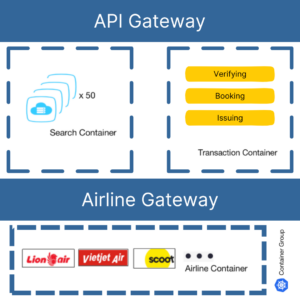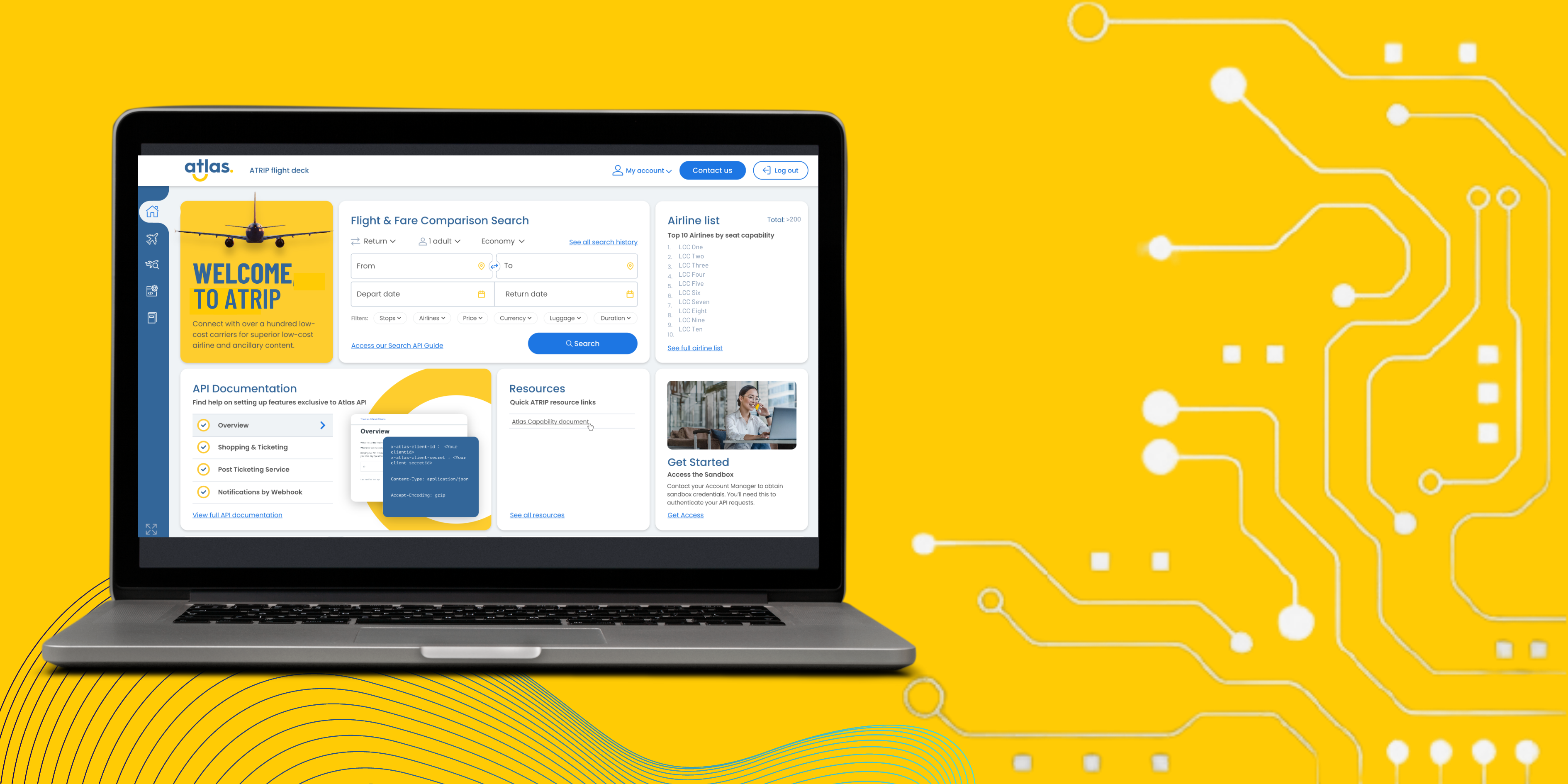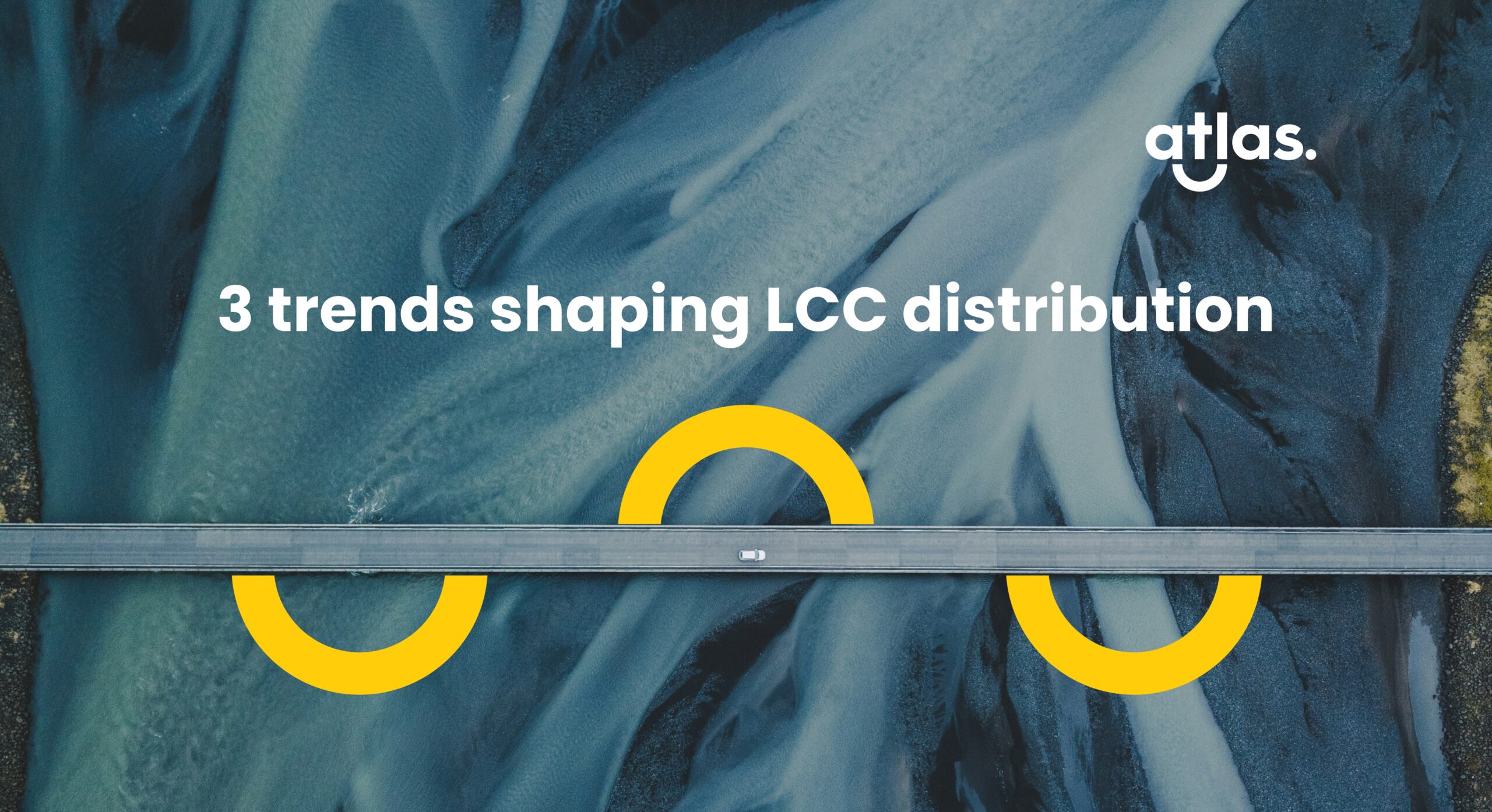
Our Chief Technology Officer, Liujie Yang takes over the Atlas blog this month to provide our Developer Community with his top tips for building high performance architecture and demonstrating how we’ve achieved it at Atlas.
Liujie (otherwise known as Willow around here!) has over 15 years’ IT architecture experience, with extensive background in cloud computing, e-commerce, and telecom industries. He has worked in Alibaba cloud and Huawei, and led teams on international projects such as Macao City Brain (city-wide AI), Singapore RWS’s data and business platform, and telecom CRM projects in South Africa and Saudi Arabia. At Atlas, Liujie is responsible for delivering the most reliable and scalable platform in travel. His team manages all technology requirements across the business from infrastructure optimization to product and platform development.
Today, Atlas connects low-cost airlines with online travel agencies all over the world and our ambitions for growth are exponential. We want to help more people experience the world through travel, and we believe low-cost is the key to unlocking that.
Although content is King in travel, none of it is possible without high-resilience architecture. Every good developer knows it is the key components of infrastructure that enable us to deliver a consistent, reliable experience to our customers around the world.
infrastructure that enable us to deliver a consistent, reliable experience to our customers around the world.
At Atlas, CI/CD is a key component of our software development process. Our teams use a variety of tools, including Jenkins and GitLab, to automate testing, build and deployment processes. This allows us to quickly and reliably release new features and bug fixes to production while minimizing the risk of breaking changes.
In terms of system deployment, all application deployments at Atlas are based on Kubernetes (K8S). There are several advantages to using Kubernetes, all of which are aligned with my top tips for building resilience into your architecture and deployment practices:
1. Prioritize scalability:
K8S is designed for scalability, making it an ideal choice for managing complex containerized applications. By using K8S, we can ensure that each airline’s connection is deployed independently and can be scaled horizontally to handle increased traffic.
2. Focus on reliability:
K8S delivers outstanding reliability and availability, which is essential for managing critical applications. By using K8S, we can ensure that each airline’s connection is deployed independently and is not affected by other airlines’ deployments, ensuring the highest levels of reliability and stability for our customers.
3. Actively seek efficiencies:
K8S provides a high level of automation, saving us time and enabling our people to focus on more complex developments. By using K8S, we can automate many of the manual tasks involved in deploying and managing our applications, which improves efficiency and reduces the risk of error.
4. Value flexibility:
K8S offers superior flexibility, which is fundamental to effectively managing container-based applications. By using K8S, we can deploy and manage our applications across different clouds and infrastructure providers, which provides a high level of flexibility and reduces vendor lock-in.
 At Atlas, we’ve had the privilege of building our architecture with next-generation systems, processes, tools and expertise. Our technology isn’t an after-thought or a support function – it’s as important to us as the content we serve to our customers. And, it’s a core competency.
At Atlas, we’ve had the privilege of building our architecture with next-generation systems, processes, tools and expertise. Our technology isn’t an after-thought or a support function – it’s as important to us as the content we serve to our customers. And, it’s a core competency.
As traveler demands for speed, variety and fulfilment increase, our Air Travel Retailing & Information Platform (ATRIP) can scale at pace, without the risks of legacy systems and laggard protocols.
Atlas has built a unique low-cost carrier (LCC) cloud-native system by using K8S container groups to ensure that each airline’s connection is deployed independently and can be scaled horizontally to handle increased traffic. For online agencies, we also deploy container groups to meet their search requirements, based on their specific needs.
So, what are your thoughts on K8S? How do you reinforce resilience in your travel platforms today?
Please add your comments to this blog. I’d love to know!





